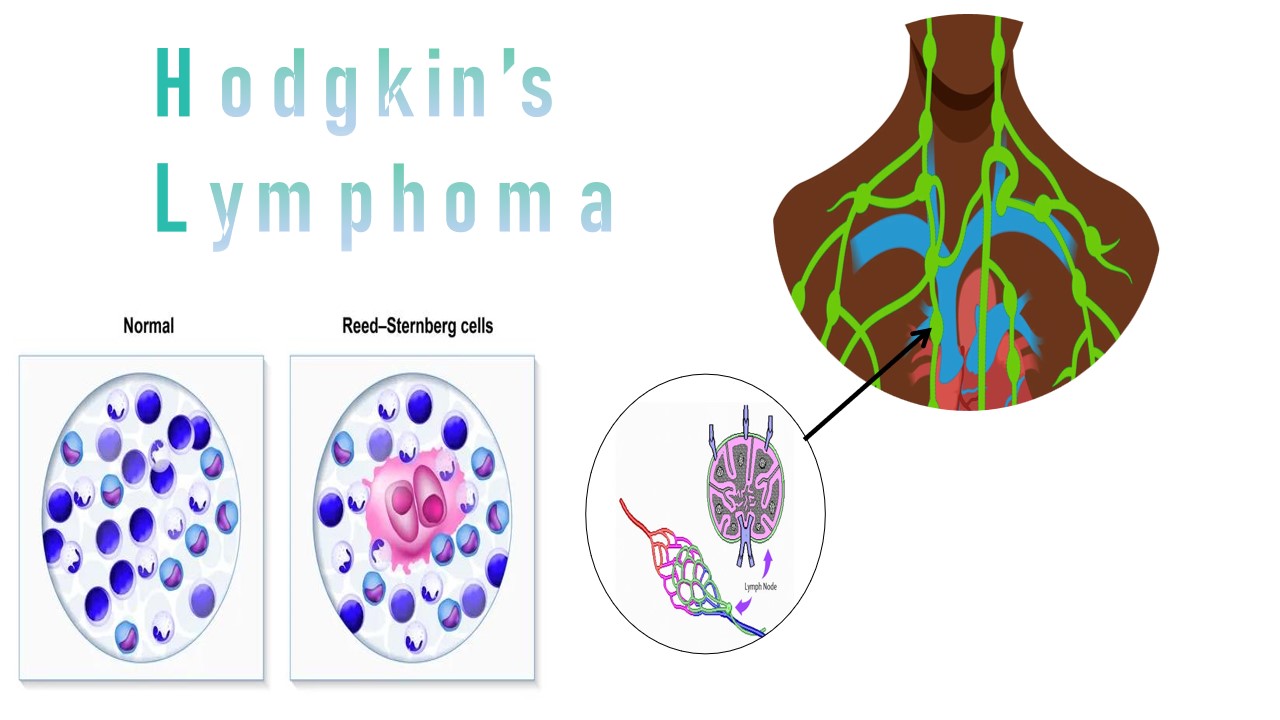
Hodgkin lymphoma
Hodgkin lymphoma is also called Hodgkin disease. Sometimes it is called lymphoma, which belongs to lymph system cancer. The lymph system is the part of the immune system, that protects the body from infection and fights against pathogens. Bone marrow, lymph nodes, lymphatic vessels, spleen thymus, tonsils, these are included in the lymph system. These are composed of tissue organs that produce, store and carry white blood cells. There are two types of lymphatic lymphoma, such as Hodgkin lymphoma and Non-Hodgkin lymphoma, according the various types of of white blood cells.
Hodgkin lymphoma or Hodgkin's disease is started when the lymphocyte may not work properly. Lymphocytes have a role in fighting against foreign particles, bacteria and viruses.patient who have suffered in Hodgkin lymphoma , in which multi nucleated Reed-sternberg cells are present in lymph node.Hodgkin's lymphoma is caused by the Epstein-Barr virus (EBV), risk factors include family background and having HIV/AIDS. If the viruses cases have to be positive, that is classified as Epstein Barr virus associated lymphoproliferative disease.The two types of Hodgkin lymphoma are classic Hodgkin lymphoma and nodular lymphocyte predominant Hodgkin lymphoma. There are four sub-type of Hodgkin lymphoma, the most common type are nodular sclerosis HL and mixed cellularity. And nodular lymphocytes predominate. HL is another sub-type of HL which is different from classic HL , It is recognized as a popcorn shape.In the non-Hodgkin lymphoma there are several subtype of non-Hodgkin lymphoma, one of this is diffuse large B-lymphoma (DLBL) is most common.the bigger difference between Hodgkin lymphoma and non-Hodgkin lymphoma is that in Hodgkin lymphoma under micro scope B-lymphocyte are 5 time greater than normal lymphocyte, two nuclei as like as owl’s eye and look like a popcorn shaped called lobular shaped and ,multi nucleated Reed sternberg cells are present in lymph node. In Non-Hodgkin lymphoma in which there are Reed-sternberg cells absent.
Symptom
- Itchy skin
- excessive sweating, especially at night
- painless swelling in the neck, armpit or groin
- weight loss
- fever
- Fatigue
- Back pain
- Nephrotic syndrome
Cause/Risk factor
- Exposure to viruses such as the Epstein Barr viruses or HIV
- Family History
- A weaker immune system
- Smoking tobacco
Diagnosis
Cytology department
A fine needle aspiration cytology examination is used to diagnose Hodgkin lymphoma. The specimen was stained with Giemsa stain and observed under the microscope.
Fine needle aspiration examination
Histotology department
A Bone marrow samples are taken from the hipbone (pelvic) or breastbone by inserting a hollow needle. The pathologist examined the bone marrow and blood, to confirm the cancer. This sample is examined under a microscope.
Bone marrow biopsy examination
References:
1.https://en.wikipedia.org/wiki/Hodgkin_lymphoma
2.https://www.cancer.gov/publications/dictionaries/cancer-terms/def/hodgkin-lymphoma
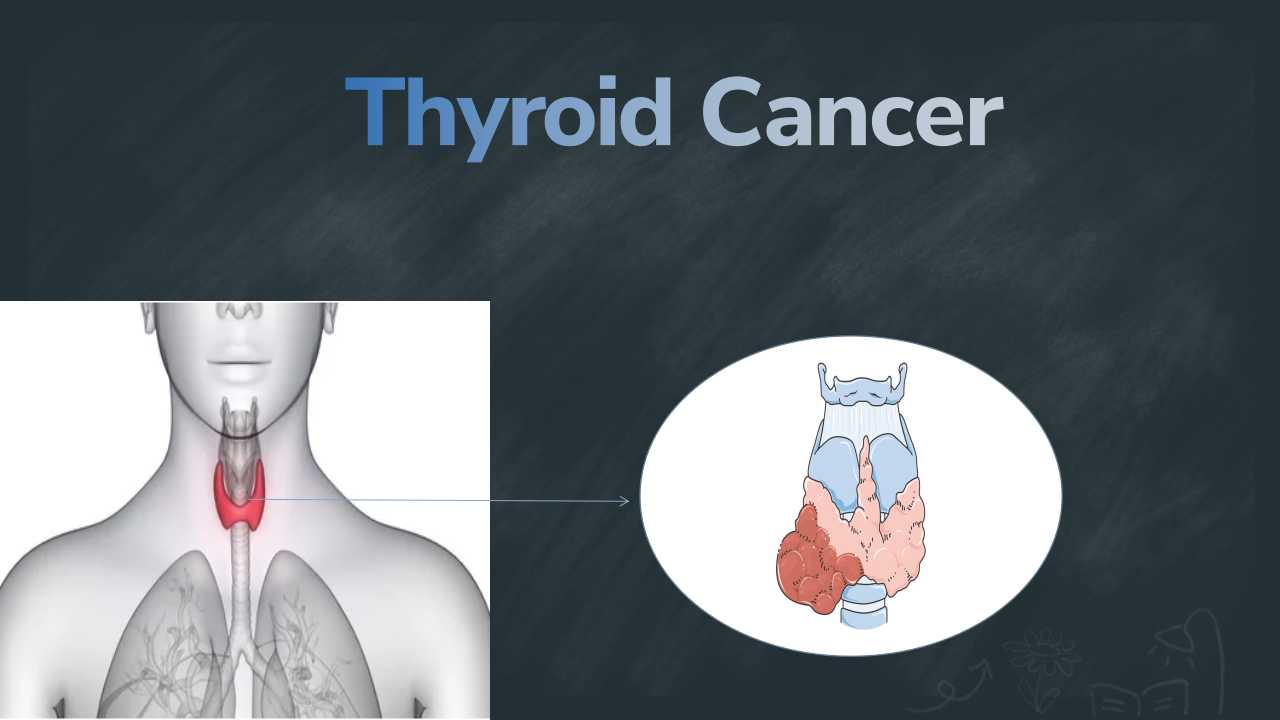
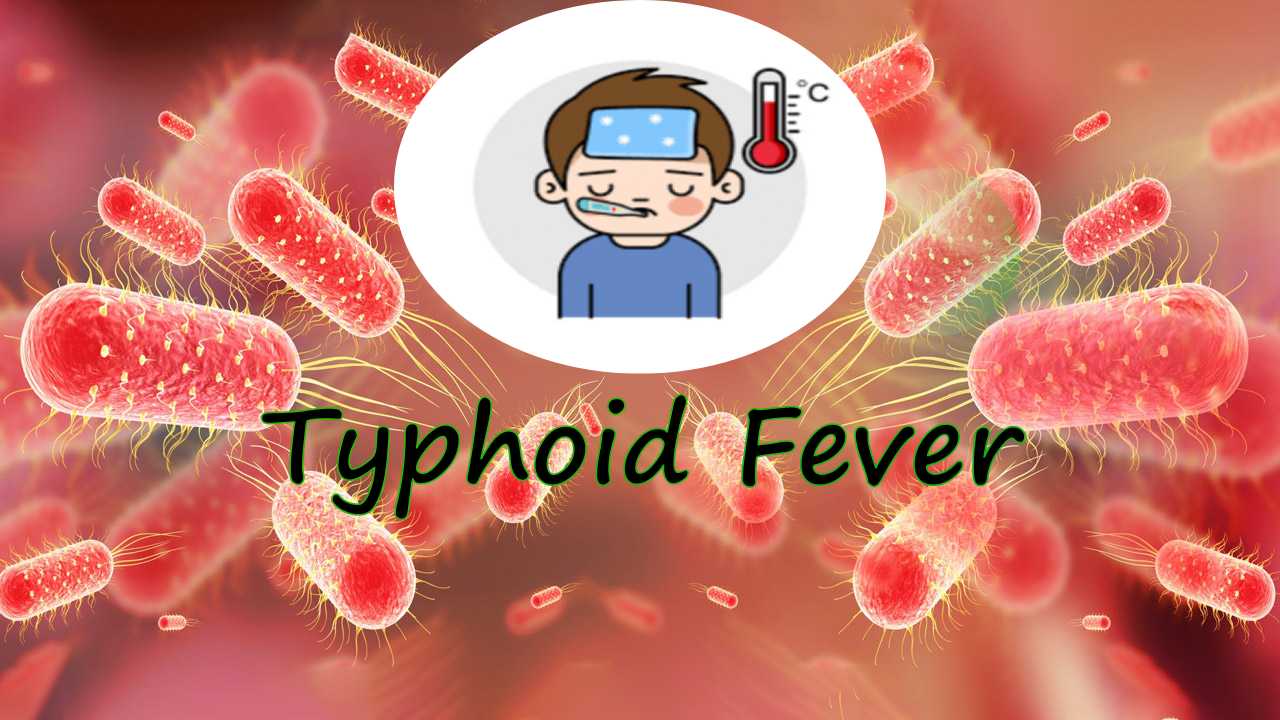
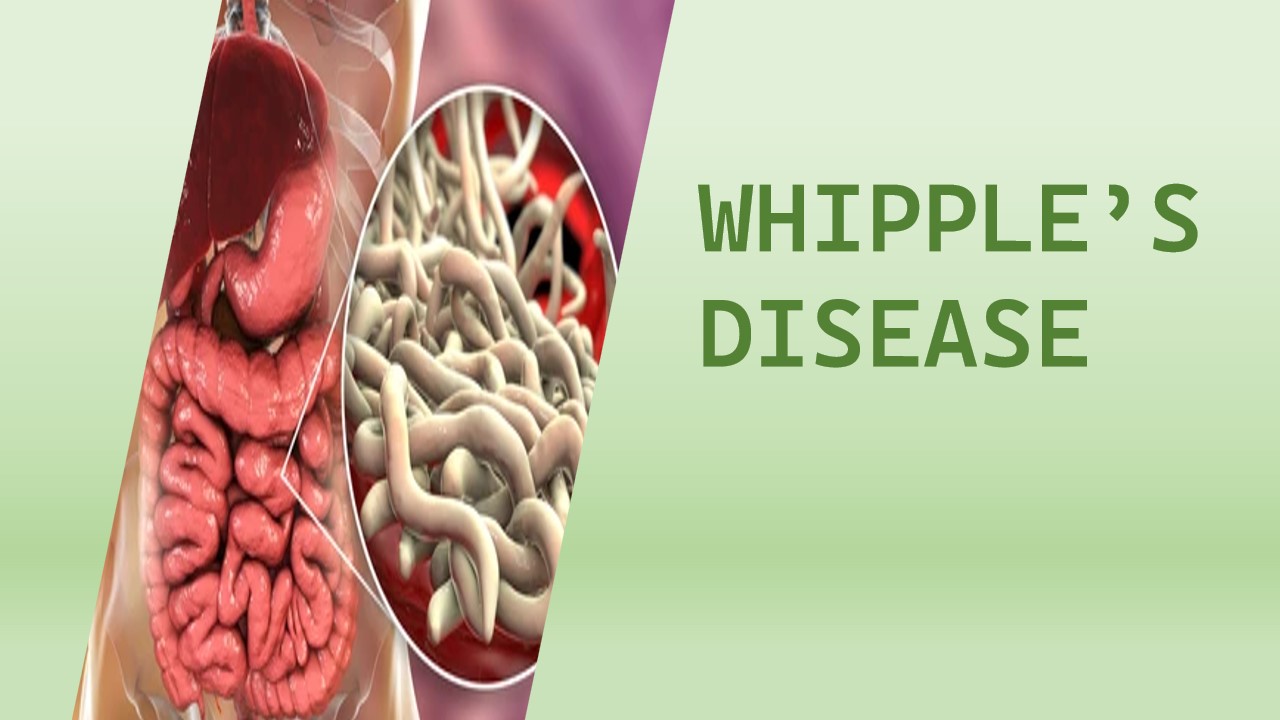
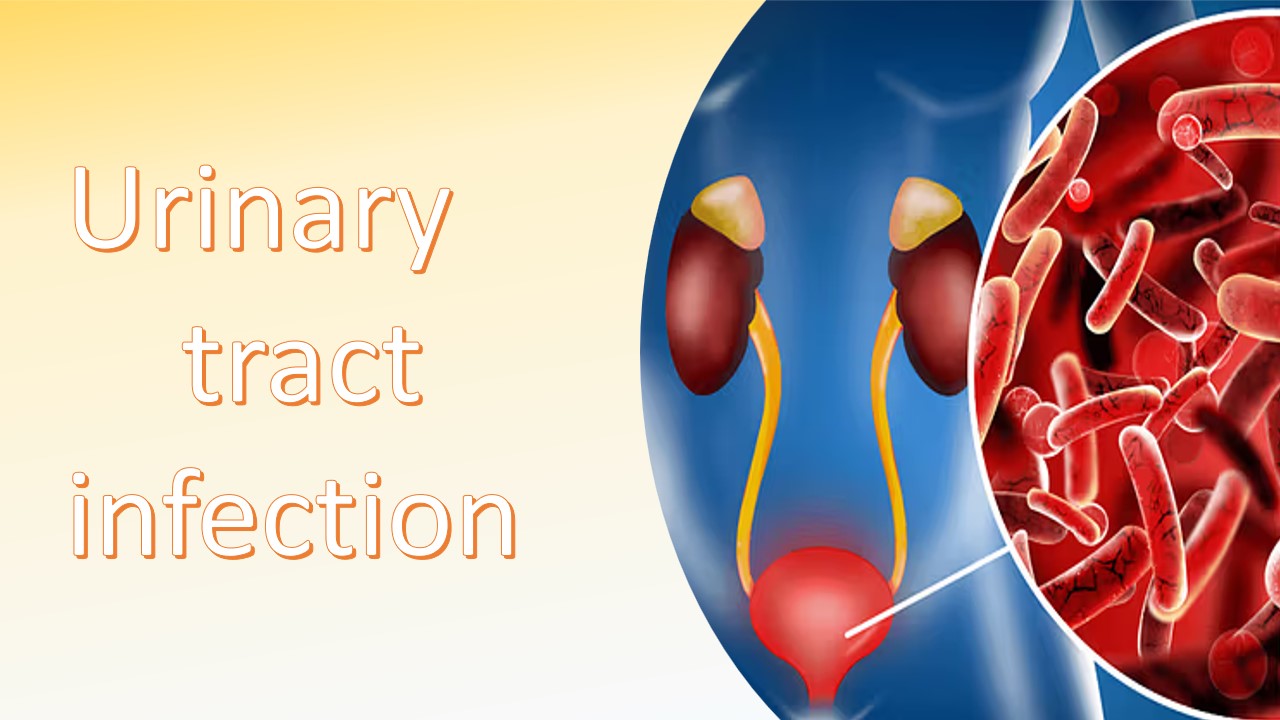
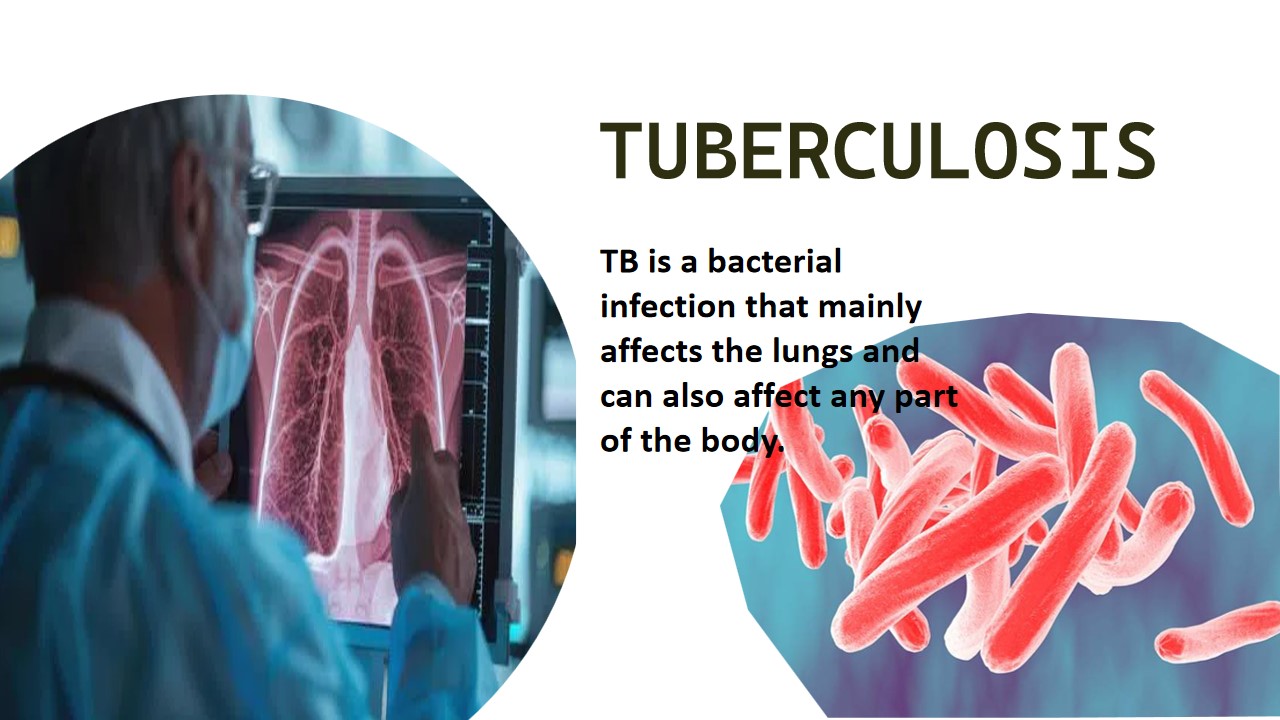
0 comments